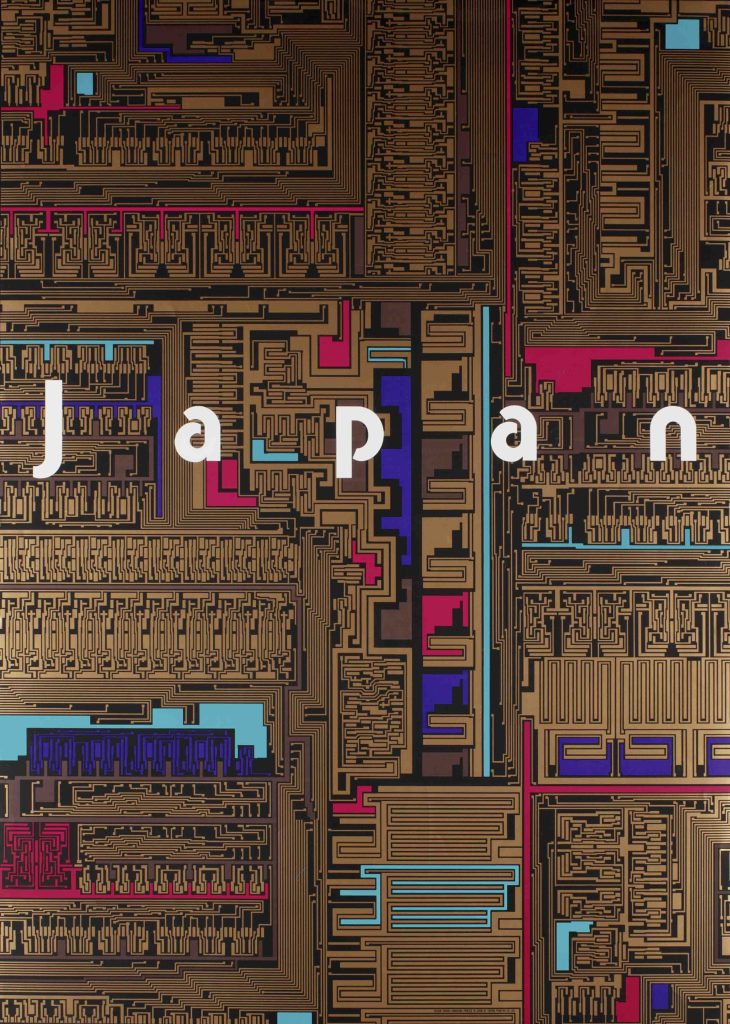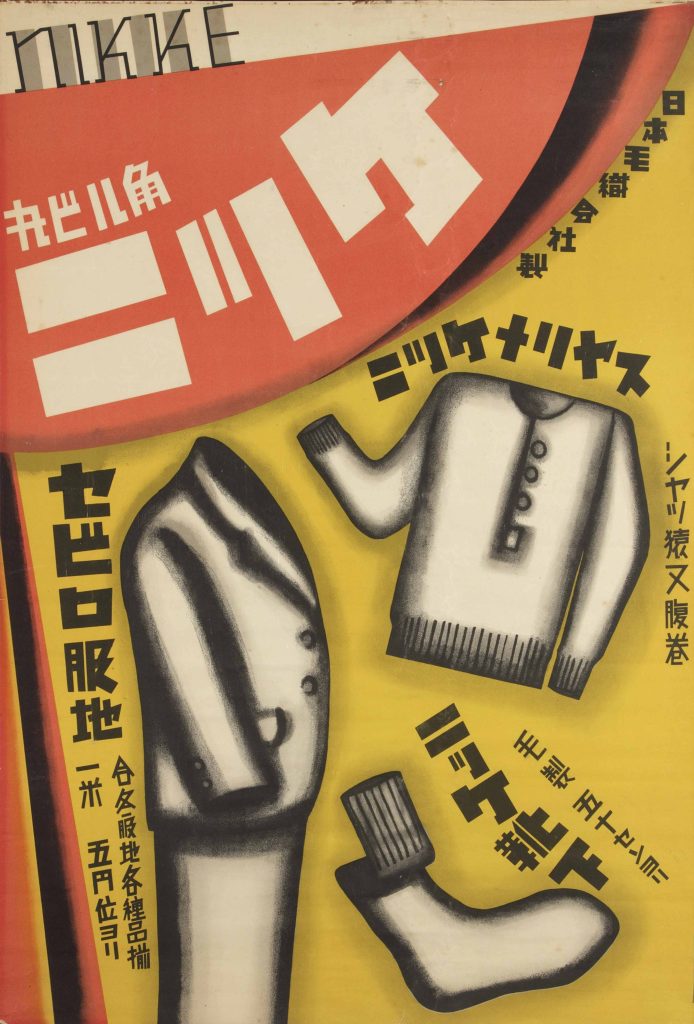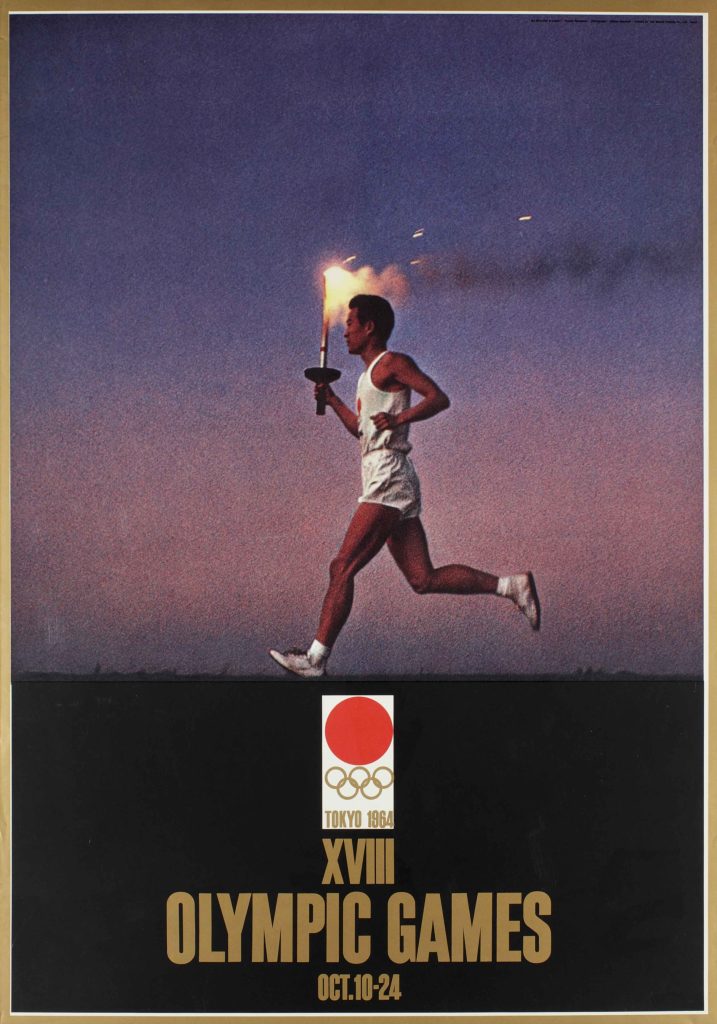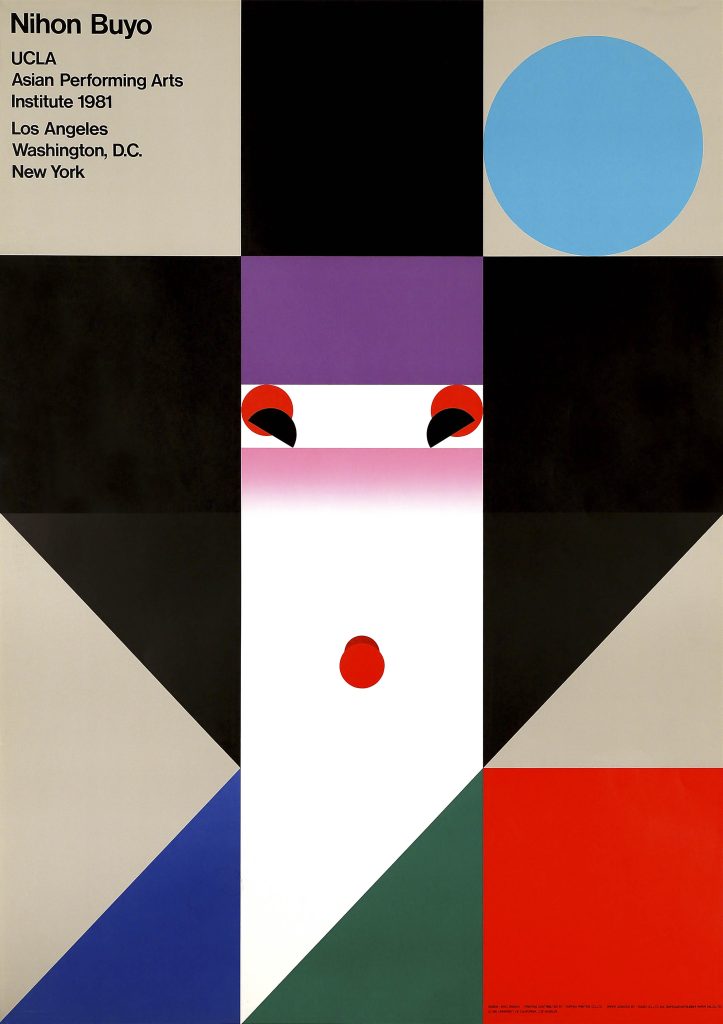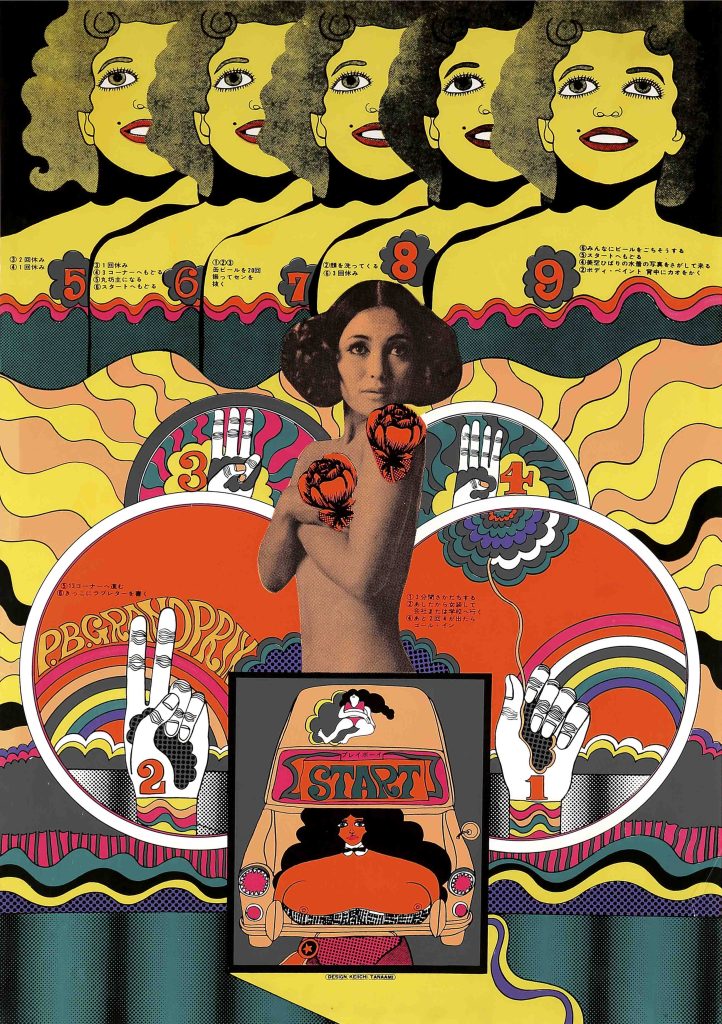Made in Japan: 20th-Century Poster Art
Japanese poster design reflects the country’s rich visual culture and printmaking tradition, and was used throughout the 20th century to represent the country to domestic and international audiences. Two world wars in addition to rapid industrialization, urbanization, and the rise of mass media fundamentally transformed modern Japan, and its specific journey as both an aggressor and a victim of war reinforced the nation’s efforts to revamp its image. Within this context, posters became an essential commercial art form that fused modern identity with consumerism, mirroring and shaping the social, political, and ideological values of the time.
During the Second Sino-Japanese War (1937–45) and World War II (1939–45), posters were designed to inspire patriotism, circulate propaganda, and encourage consumer restraint in support of the war effort. During the postwar period, however, unparalleled growth in the manufacturing sector catapulted the Japanese economy to the position of second largest in the world, creating limitless opportunities for poster advertising as Japanese corporations became household names and global brands. Following the 1964 Tokyo Olympics and the 1970 Osaka World Expo, Japan’s international standing shifted again, emboldening Japanese artists and designers to conceive new forms of graphic media that mixed aspects of traditional Japanese aesthetics with Western design idioms. Between the 1980s and the early 21st century, Japanese posters functioned beyond the realm of the merely commercial, allowing designers to address such social issues as pollution, climate change, sustainability, nuclear disarmament, and global peace and reconciliation.
This exhibition explores the cultural and political shifts within modern Japan that influenced the functions and messaging of its advertising posters, and how those posters were subsequently received by the public.
Nozomi Naoi is Associate Professor of Humanities at Yale-NUS College with joint appointment at the Department of Japanese Studies at the National University of Singapore. She received her PhD from Harvard University in 2014. She specializes in modern Japanese art and visual culture and is the author of Yumeji Modern: Designing the Everyday in Twentieth-Century Japan (University of Washington Press, 2020; awarded the Honorable Mention for the John Whitney Hall Prize 2022). She is preparing her second book, Modern Design and the Japanese Department Store (under advance contract with MIT Press) which demonstrates how material culture via modern design and visual materials creates the modern Japanese subject through the institution of department stores.
Erin Schoneveld is Associate Professor of East Asian Languages & Cultures and Director of Visual Studies at Haverford College. Schoneveld’s scholarship and teaching engages with modern and contemporary Japanese art, cinema, and visual culture examining how these methods of cultural production have evolved into unique modes of address and exhibition practices in light of a rapidly globalizing world. Her book Shirakaba and Japanese Modernism: Art Magazines, Artistic Collectives, and the Early Avant-garde (Brill 2019) provides a critical framework for understanding the tensions between the local and the universal that accompanied the global development of modernism. Schoneveld’s current book project Naomi Kawase and the Future of Japanese Cinema examines the role of Japanese women directors within national and world cinema cultures.
Press
Selected Images
